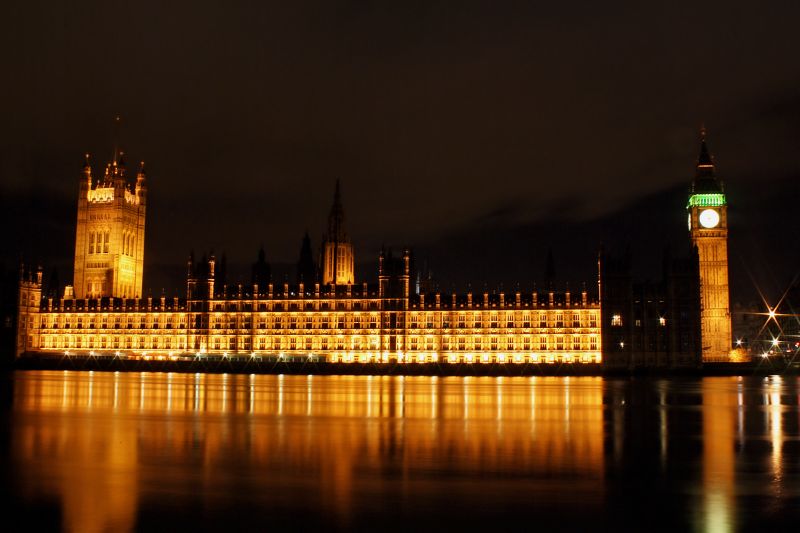How to make Government understand design
‘The Treasury is the root of all power – and the Treasury works on numbers. So prove those numbers to me.’

Source: Dimitry B
About halfway through last night’s discussion on classifying design, Peter Luff MP, chairing the debate, got to the heart of the issue.
Design currently suffers because Government doesn’t have a clear concept of what it is and what it can do.
You can see this in its education policy, where design and technology is seeing its curriculum watered down, while more established subjects remain understood.
And you can see it in comparison to other creative industries. To use the classic example architecture has its own minister. Design, if Government has its way, soon won’t even have its own Department for Culture Media and Sport classification.
The Classifying Design debate was organised by the by the Associate Parliamentary Design & Innovation Group (and supported by Design Week and PR strategist Yvonne Courtney) in a bid to try and advance the long-running and frustrating issue of how design can define itself, and how it can get those outside the industry to appreciate its value.
A lot of the same old bugbears cropped up, one being design representation. The Design Council, which didn’t send a representative to the debate, came under fire for failing to talk the language of Government in recent years.
Design Business Association chief executive Deborah Dawton said, ‘As an industry I don’t think we’ve been organised enough in our communication with Government, and I take responsibility for that.’
And the obvious question was asked – why should designers want or need to define what they do?
There are instinctive objections, with panellist Edwin Heathcote, architecture and design critic for the Financial Times, pointing out that ‘there is a resistance to classification – designers see themselves as too cool for it.’
But there are practical reasons not too as well. If designers put parameters around what they do, then they run the risk of curtailing their opportunities. One audience member noted that she was working with the NHS on design projects, but had only got to that position by not calling herself a designer.
However, the general consensus was that if the design industry didn’t start speaking the language of Government and attempting to define itself in terms Government can understand, than it ran a huge risk of missing out on attention and investment.
While the previous Labour administration appeared to have a tacit understanding of what the creative industries can do (Heathcote described last year’s Olympic design projects as ‘the finish of Britpop optimism’) the Coalition – as Luff said – seems only swayed by the numbers.
And a lack of definition for design doesn’t just reduce it in the eyes of Government, but in the eyes of clients too. As SomeOne co-founder Simon Manchipp pointed out to me, when you hire an architect you immediately understand what it is they can do and what that’s worth. When you hire a designer then you need that designer to tell you what it is they can do and convince you of its value.
Perhaps, it was suggested, it’s time for design to stop going round in circles trying to create its own definition of what it is, and just ask Government what it needs to hear. And then a group of design representatives just need to come together and give them that, even if it is (and it surely will be) an imperfect definition.
Clive Grinyer, director of customer experience at Cisco, said, ‘It’s time to put some lines in the sand and cover your ears as the designers go crazy.’
The hope from last night’s meeting seemed to be that once there had been a pragmatic attempt to engage Government and make them understand design, then it would be easier to promote the value of it more widely. That the basic issue of understanding could be put to bed and we could move on and more productively demonstrate the good that design can do.
Luff also admitted that he didn’t know that Gov.uk – a Government project – had won Designs of the Year and a D&AD Black Pencil. So there is clearly a bigger battle to be fought.edito
-
Post a comment




